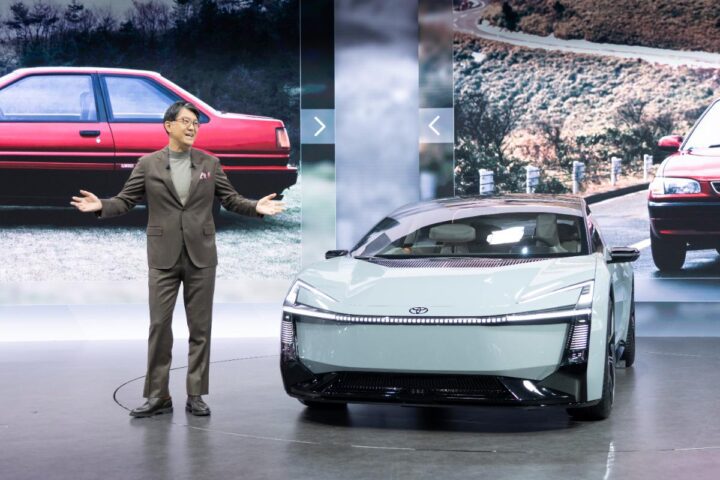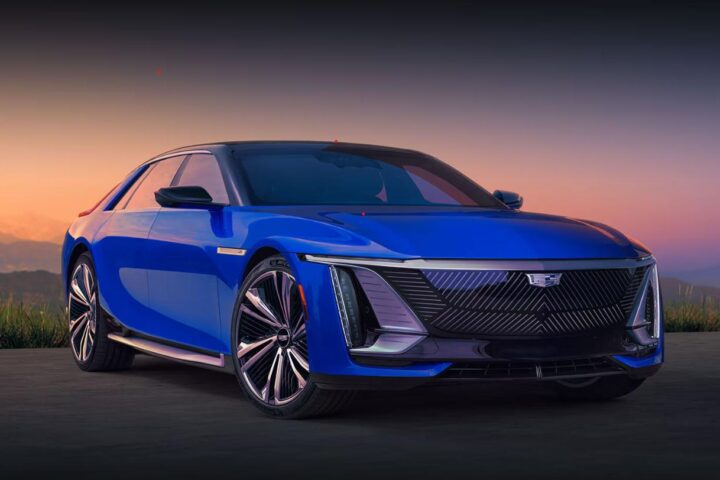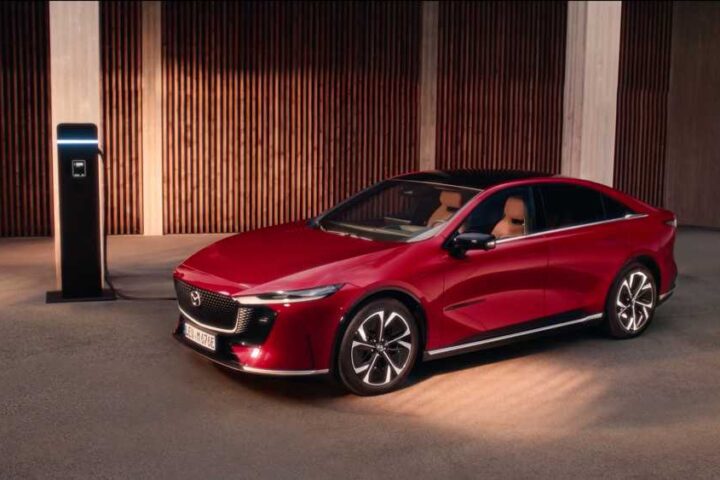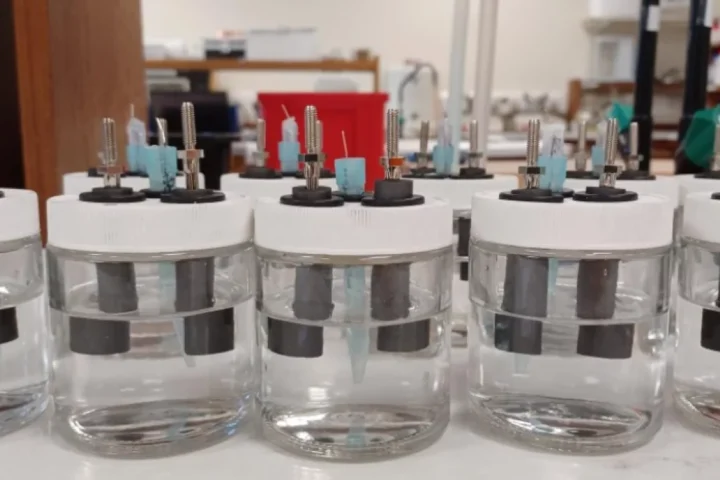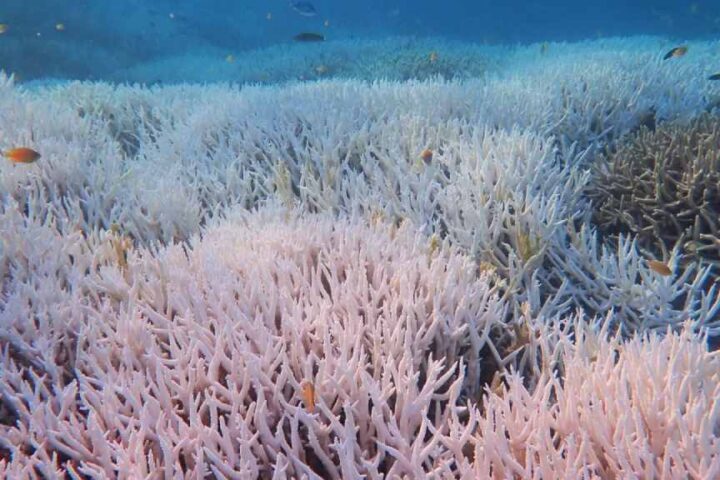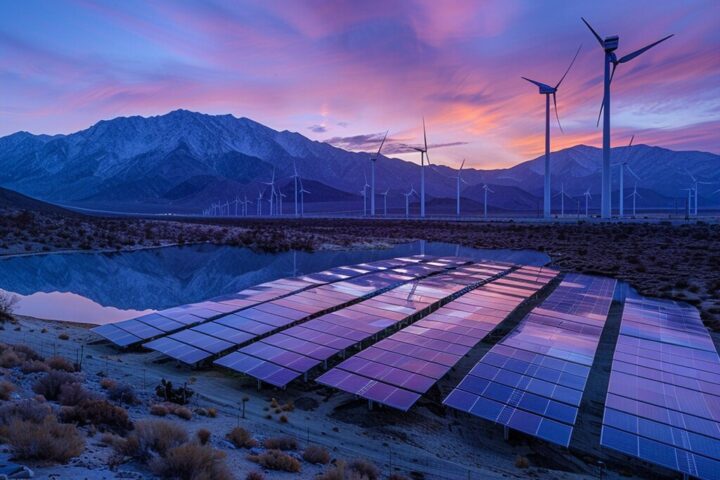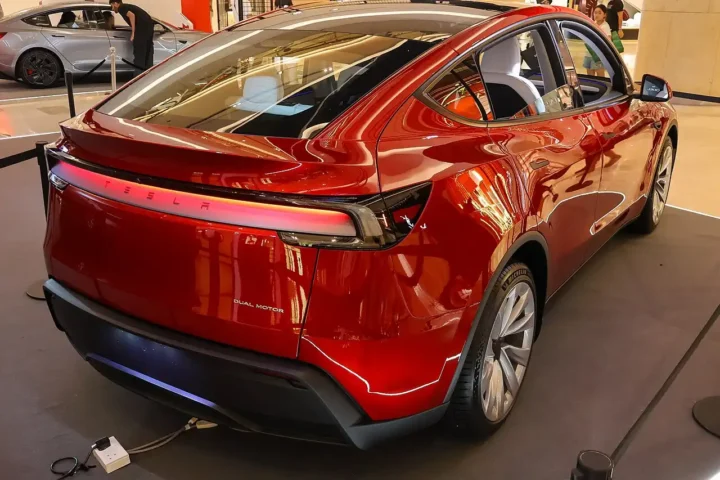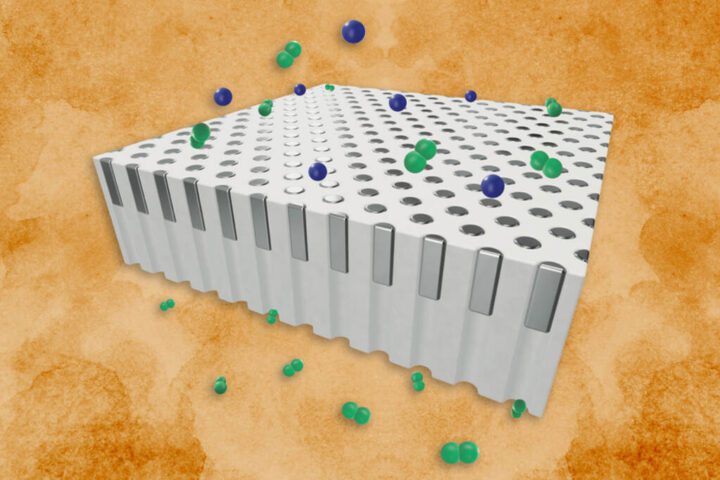The Twin-Technology Solar System (TTSS) is a solar energy innovation that could change the way we tap into the sun’s power. The system was developed by researchers at Qatar University and Hussein Technical University, and combines solar updraft technology with downdraft technology in an unheard of manner to allow the generation of electricity during both day and night.
Two concentric towers are what TTSS comprises; there is an inner solar updraft tower, while there is a downdraft tower on the outside. In updraft mode, air beneath a collector is heated with solar irradiation and rises to drive a turbine for generating electricity. The external tower sprays water at its top to bring down hot ambient air for affecting turbines situated at its base during downdraft mode. Based on weather conditions this dual-mode operation enables TTSS to switch between cooling tower and solar tower modes thereby improving its effectiveness.
In their publication “Energy Reports”, the authors of this research paper found out that TTSS outperforms conventional solar updraft systems by far. It is expected to generate annually 752,763 kWh which is 2.14 times more than in other systems. This means that it can reduce carbon dioxide emissions by approximately 677 tons per year contributing towards global environmental goals.
Design of the TTSS includes a glass collector that starts at six meters high and gradually increasing to twelve meters. Such design optimizes heating air. The system has ten channels between the inner and outer towers, each equipped with water sprinklers and turbines for the downdraft mode. A mathematical model was developed for TTSS, which included detailed convective and radiative heat transfer calculations, which are crucial in predicting its performance.
Similar Posts
The design of TTSS and its principles of operation reflect a notable stride forward in solar energy technology. It shows potential for wide-scale implementation in areas with suitable climatic conditions as it provides consistent electricity production throughout the year. Among other things, this system addresses the most critical obstacles faced by traditional renewable energy technologies like land use and cost.
Researchers call for continuous research and development to improve the design and effectiveness of TTSS. The system’s efficiency and applicability can be improved by integrating other renewable technologies. If TTSS is successfully implemented, it could usher a new era of high-performance solar energy systems that are environmentally friendly.



